2. Face Casting
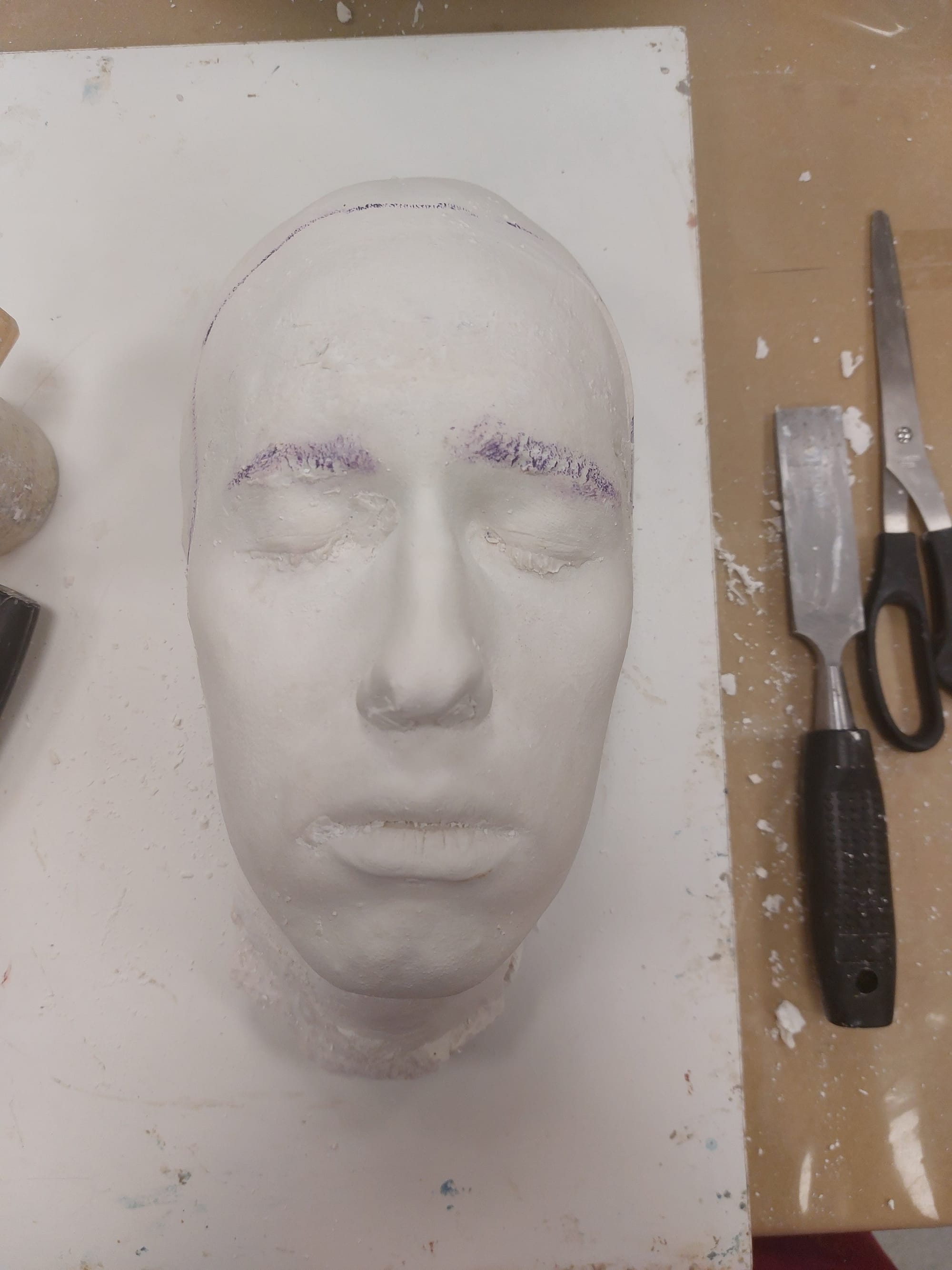
26th September 2023
Face casting The first step in this whole process is Life casting. This is very common in the industry as it allows the creation of prosthetic pieces that fit the model or actor. You will also know how it will look on them as you sculpt from a mould of their face.
Materials Needed:
- Alginate: a plant-based material also used in dentistry to cast teeth (Instructables, 2017).
- Buckets: one for mixing alginate and one for using with mod rock.
- Towels and bin bags.
- Bowls for resting the cast in once finished.
- Bold cap, Vaseline, and coloured paint: these are for marking out the key features.
My Top Tips
So what I have learned from doing this twice is to clean the area, prepare well, improve my molding skills, ensure clear communication, and plan what needs to be cast. It's important to consider how far to take the alginate on the face. A great tip from Rachel at Autodesk Instructables was to push the plaster strips into the alginate as much as possible, especially around the nose, as having the plaster close to the alginate is very helpful (Instructables, 2017). I had problems with my nose on this face cast, and I believe I need to make sure the Modrock was more pushed in. Neil Gorton has some very good videos that I watched before doing this, as I hadn't done this in over a year, so having these videos was a great refresher! Niel Goton Face casting Videos- https://www.gortonstudio.co.uk/learning-path/life-casting/
We did face casting as level 4’s, the process was much easier this time. I prepared the bald cap, Mod rock, Plaster, and bowls we would be using, getting everything ready so we wouldn't be rushing around. After prepping my model's hair for a bald cap, I placed the cap on and glued it down. It wasn't my best bald cap, and I definitely needed more practice, but it served its purpose. I then marked out the eyebrows, hairline, and ears. Vaseline was applied to the eyelashes and eyebrows to protect them. I also placed a bin bag over my model to keep them clean, and I explained each stage to make them more comfortable.
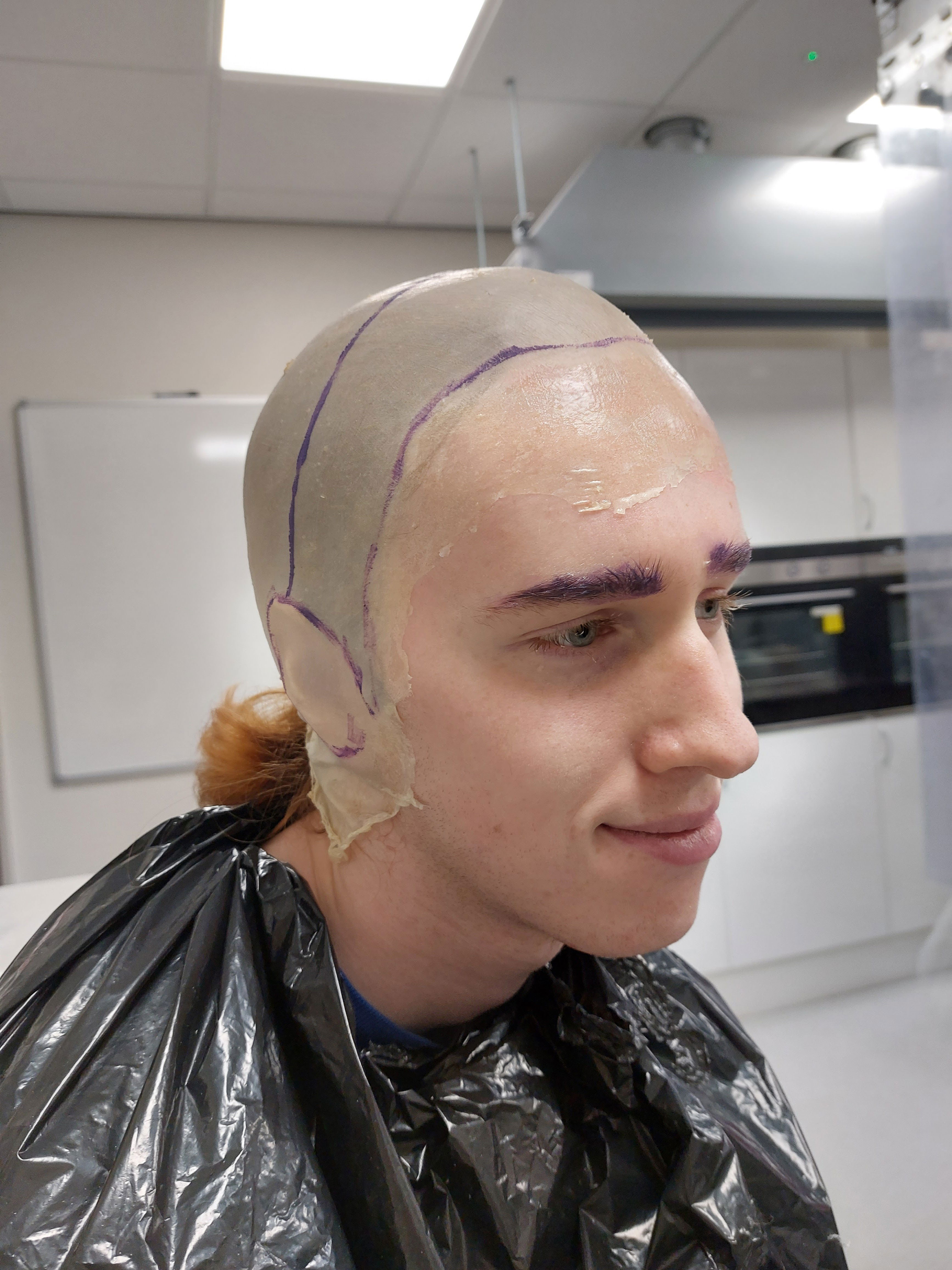
Figure 1: Face Cast Preparation (Keites-Gorman, 2023)
Next, I mixed the alginate and prepared to apply it to the face. I had a communication system with my model using thumbs up or down, as they couldn't see or speak during this process. A classmate helped me apply the alginate, and we had to add more as I realized I needed a better chin cast for my design. I learned the importance of casting what I need for my design, as it can affect the shape of the prosthetic and how well it fits. We made sure to check on my model's nostrils to ensure he could breathe and wasn't panicking.
Once the alginate dried, we moved on to applying Mod rock, layering it on and making sure it covered all areas. There was a miscommunication, and too much mod rock was applied to the head, making removal slightly harder. This incident taught me the importance of clear communication and understanding with the person I'm working with. While it was easily fixable, it emphasized the importance of confidence and clarity, especially in a procedure like this where safety is crucial.
Safety
Safety is very important when it comes to face casting for both the model being cast and the casters. Providing a calm and safe environment ensures a more enjoyable experience for the model. Ensuring that things are organized is crucial. For example, having a clean and organized workshop is important, which is why having a list of equipment is great to ensure you have everything you need before starting.
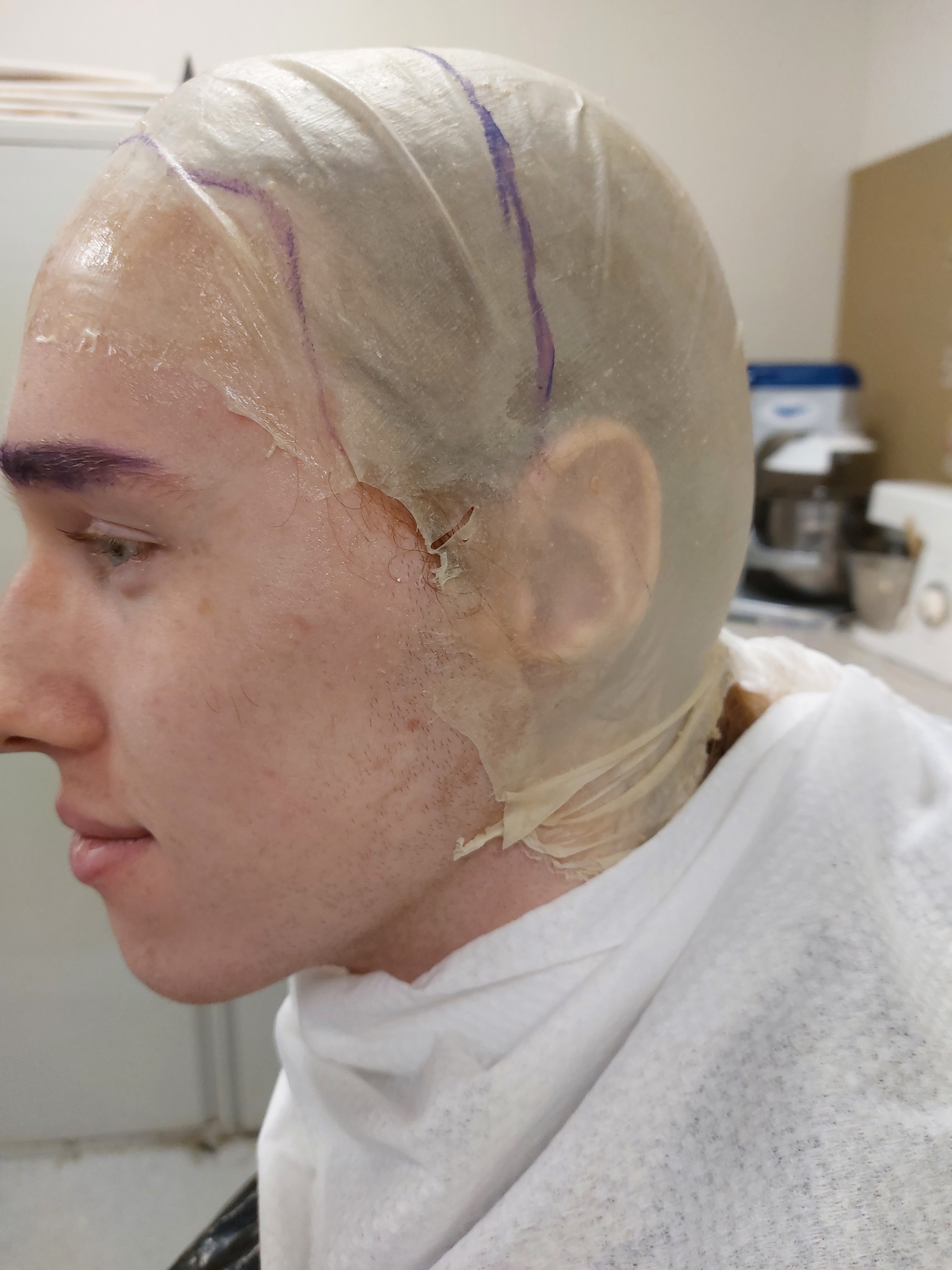
Figure 2: Side Profile Bold Cap (Keites-Gorman, 2023)
Unfortunately, I have no photos of this as I forgot. This is something that I've kicked myself for and something that I will keep in mind, as it's really important to keep these things documented.
Casting Ears
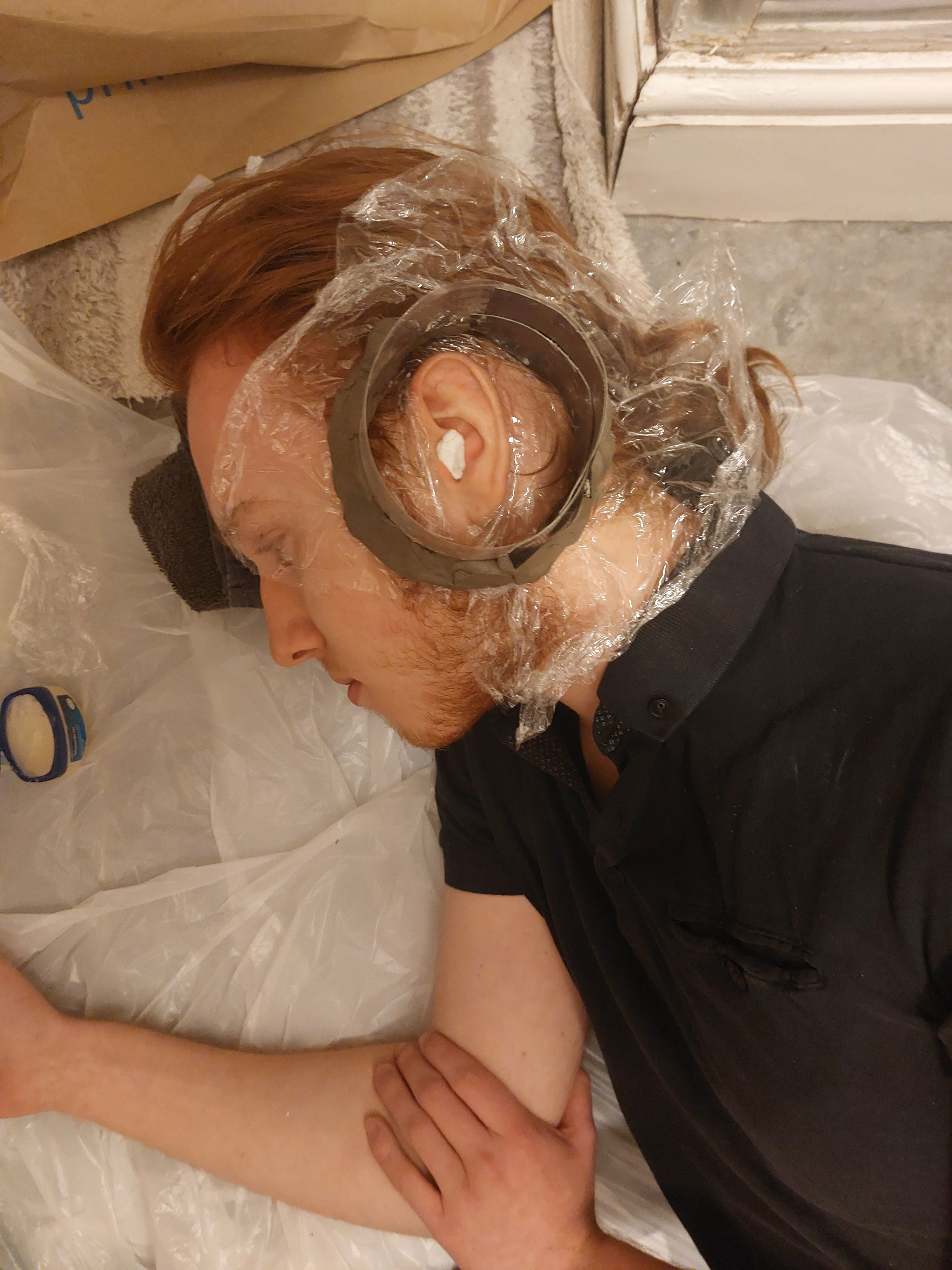
Figure 3: Ear Cast Prep (Keites-Gorman, 2023)
I didn't cast the ears until late November because they didn't seem important at the time and took much less time than making a face cast. However, I encountered many problems while doing this. I tried casting both ears on the same day when my model came in for the face cast, but the left ear crumbled. Casting the ears is difficult because they are delicate and fragile, especially when cast in plaster, a material prone to breaking. So, in November, my model came in again and I cast his ear at home because I needed to start sculpting. It took me a few attempts, I believe I made 2 rounds, but finally, I successfully cast the left ear.
Before starting, I protected his ear with a cotton pad to block the inner ear, wrapped cling film around his hair and neck, and applied Vaseline. After the preparation, I poured the alginate into the mold, let it set, and made sure my model was comfortable and as still as possible. Then I slowly lifted the cup off and rearranged it so I could pour plaster into the impression I had just made.
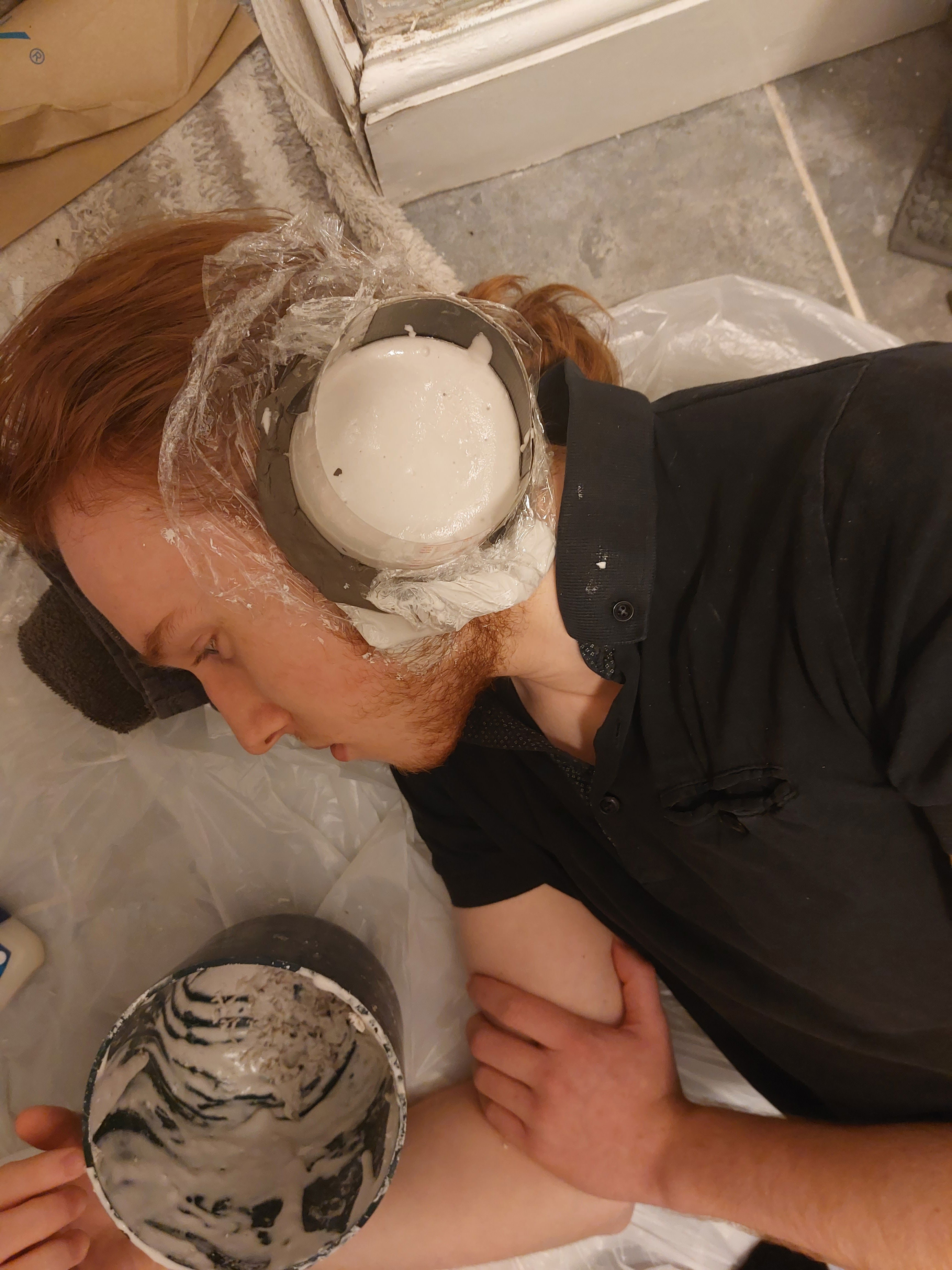
Figure 4: Alginate cast (Keites-Gorman, 2023)
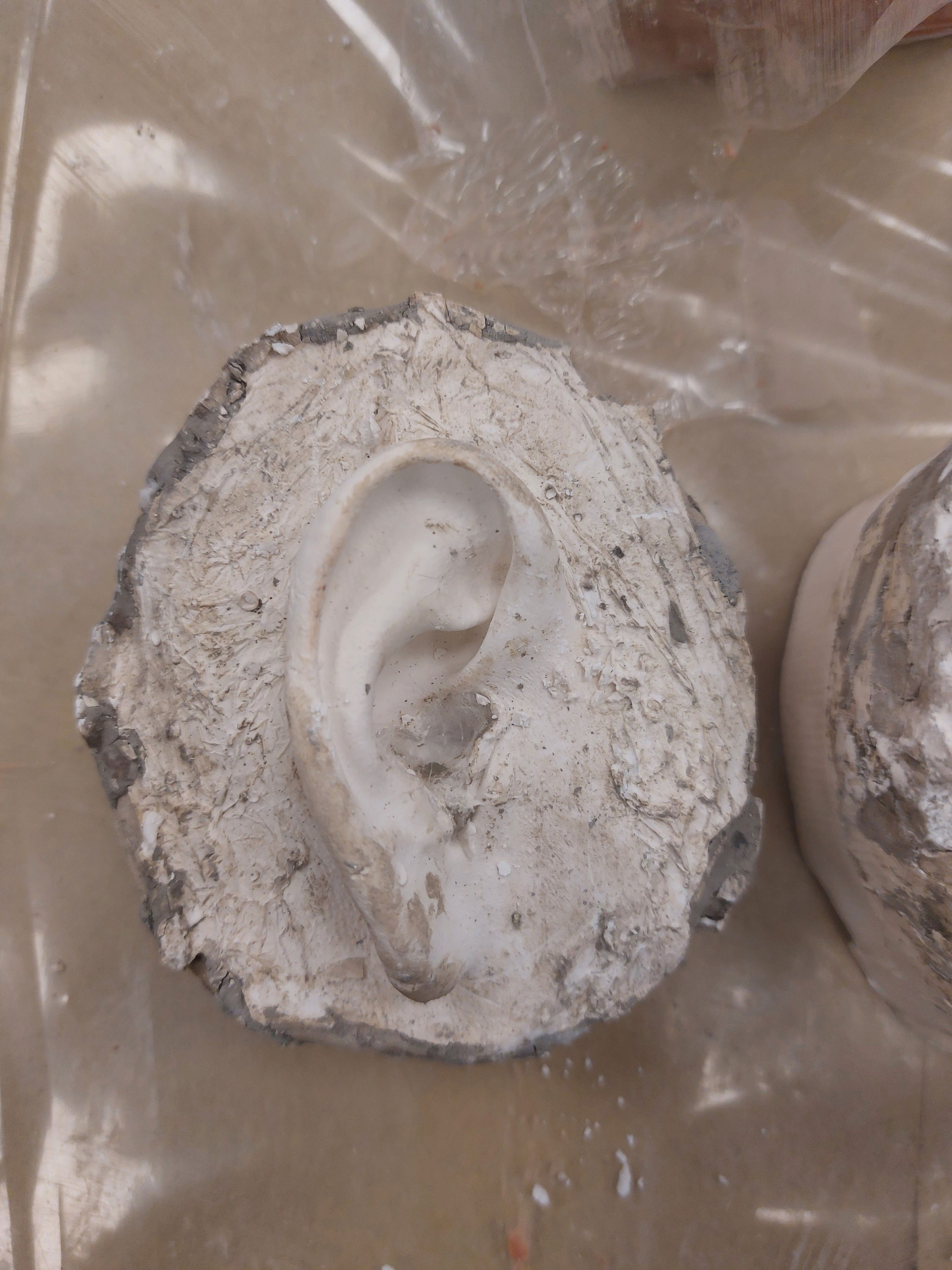
Figure 5: Plater cast Ear (Keites-Gorman, 2023)
One thing I realized was that I was using the plastic cup to mould in a way that closed up the hole to the ear impression, causing them to break every time the plaster would be poured and set. The attempt that went right was when I made sure the plastic cup was not squishing the impression of the ear, and they came out perfectly.... well until I had to create the negative side but I will go into more detail in my running pieces blog (number 7).
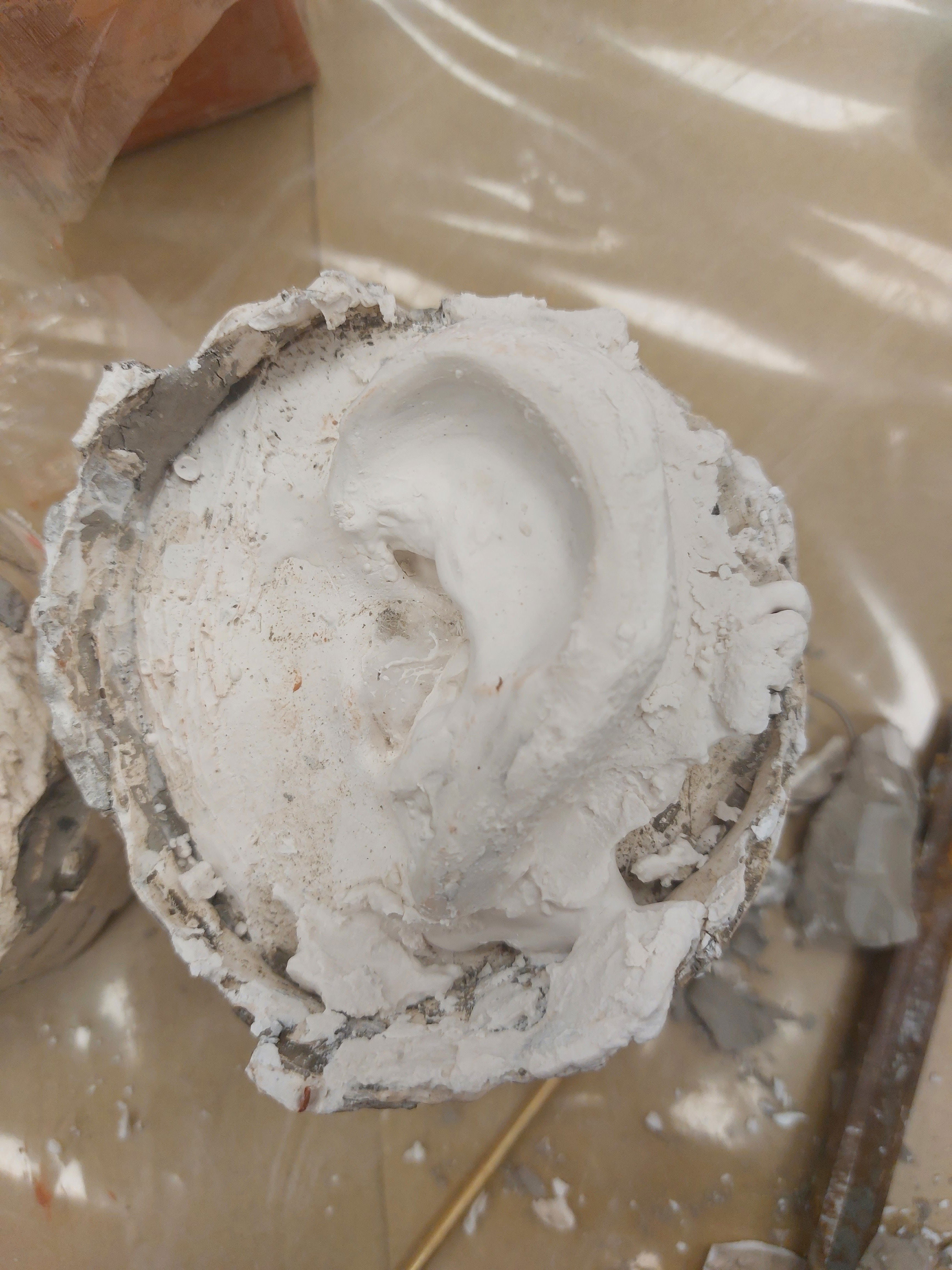
Figure 6: Plater ear right (Keites-Gorman, 2023)
Reference list
Debreceni, T. (2013) Special makeup effects for stage and screen by Todd Debreceni Film. [Book] Available at: https://rack.sbhealthsource.org/public/596794652_special_makeup_effects_for_stage_by_todd_debreceni.html.
Gorton, N. (2019). Life Casting - Gorton Studio. [Website]. Available at: https://www.gortonstudio.co.uk/learning-path/life-casting/. (Accessed 9th September)
Instructables (2017) How to cast a face in plaster. Available at: https://www.instructables.com/How-To-Cast-a-Face-in-Plaster/.(Accessed 9th September)
McConnell, R. (2017) Instructables. [Blog] How to cast a face in plaster. Available at: https://www.instructables.com/How-To-Cast-a-Face-in-Plaster/. (Accessed 9th September).
Figure List
Figure 1: Keites-Gorman, E. (2023). Face Cast Preparation. [Own Work]. York College, UK.
Figure 2: Keites-Gorman, E. (2023). Side Profile Bold Cap. [Own Work]. York College, UK.
Figure 3: Keites-Gorman, E. (2023). Ear Cast Prep. [Own Work]. York College, UK.
Figure 4: Keites-Gorman, E. (2023). Alginate Cast. [Own Work]. York College, UK.
Figure 5: Keites-Gorman, E. (2023). Plater cast Ear. [Own Work]. York College, UK.
Figure 6: Keites-Gorman, E. (2023). Plater cast Ear Right. [Own Work]. York College, UK.